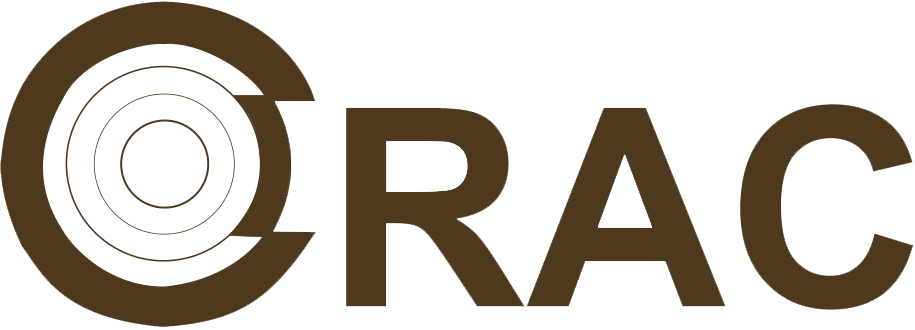Laboratory of Eastern European Archaeology

In autumn 2023, the Laboratory of the Archaeology of Eastern Europe (LAEE) was established at the Faculty of Archaeology of the University of Warsaw. The Laboratory will seek to develop contacts between the Faculty of Archaeology and research institutions and individual scholars in Eastern Europe. This includes support for research projects, common projects and archaeological fieldwork. Also, the creation of the LAEE is a strong gesture of support by the university community for archaeologists from war-affected Ukraine and politically repressed colleagues from Belarus. Currently, the LAEE brings together researchers working in three fields: the archaeology of the Roman and early Migration periods, the finds of ancient coins, and the archaeology of ancient Rus.
The Laboratory will organize the Seminar on Eastern European Archaeology, where the results of this research will be discussed.
Additionally, the Laboratory publishes a monthly Newsletter with news about Polish archaeology for Belarusian and Ukrainian colleagues and news from Eastern European archaeology for Polish colleagues. The newsletters can be found at the following link: https://www.archeologia.uw.edu.pl/aktualnosci-archeologii-europy-wschodniej/.
The Laboratory was inaugurated on 24 January. The ceremony was accompanied by a lecture by Dr Oleh Petrauskas from the Institute of Archaeology of the National Academy of Sciences of Ukraine in Kyiv, a renowned Ukrainian archaeologist specializing in the archaeology of the Roman period and the migration of peoples in Eastern Europe.
The lecture, entitled Roman Villa 200 Miles from Limes? Buzovytsia 1 – a new ‘Roman station’ in the lands of the eastern barbarians, presented the first results of excavations at the settlement of the Chernyakhiv culture (mid-3rd – early 5th century) of Buzovytsia (Chernivtsi Oblast, Ukraine), located in the region of the middle course of the Dniester. Architectural remains were discovered during the 2020-2023 digs at Buzovytsa, clearly related to Roman provincial building traditions (including the hypocaustum).

